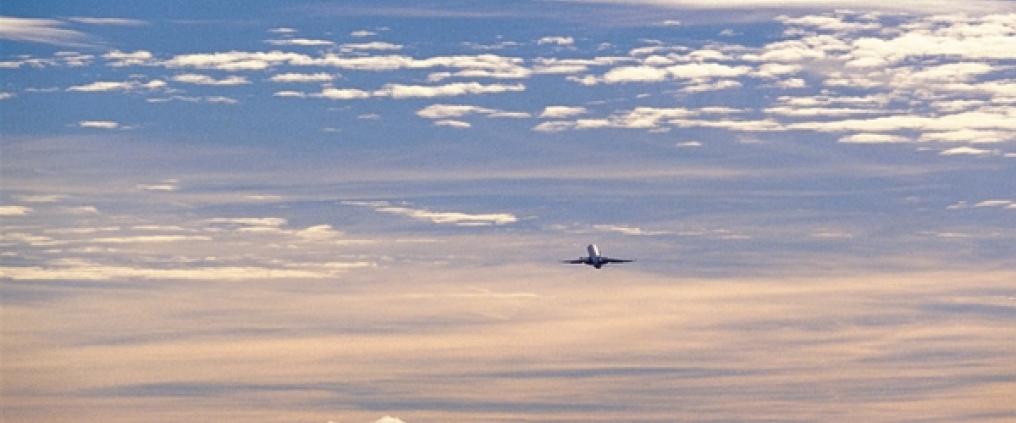In March 2018, Qantas began its first direct flight route from Australia to the UK. The non-stop flight time is 17 hours 20 minutes.
Qantas’s 14,484 km route is, however, only the second longest commercial jet flight in the world. An even longer journey takes place between Doha, Qatar and Auckland, New Zealand. The distance of the Qatar Airways flight is 14,529 kilometers.
New aircraft models enable longer flights
The development of airplanes affects aircraft routes: the less fuel consuming aircraft types allow longer direct flights and are hence not only economical but also release less emissions. For example, Qantas's record-breaking flight was operated with a Boeing 787-9 Dreamliner, which is much more fuel-efficient than the queen of the previous generation of long-haul flights, the Boeing 747. The less fuel the aircraft consumes per passenger, the longer it can fly without stopovers.
Two-engine wide-body jets, such as the Airbus A350 used by Finnair, are gaining ground on four-engine types when it comes to long-haul flights. The former are technically more advanced and more efficient, especially as they are constructed with lighter materials and more powerful and more reliable engines. New technical solutions reduce fuel consumption and thus allow longer flight times.
Saving in fuel consumption extends flight times
Compared to the 70s, some flights are stretched for the sake of more ecological travel. Prior to the 1973 oil crisis, aircraft flew largely at maximum airspeed, but nowadays the more economical use of fuel is the norm that has led airlines to somewhat lower the cruising speed. On the other hand, the longer direct flights make it possible to reach the destination faster even with a reduced speed. At the same time, the environmental cost of traveling per passenger decreases.
Although flight times on the same routes may nominally be a bit slower, longer straight flights will shorten travel times significantly compared to stopover flights and are also more economical for passengers. Slightly slower flights, therefore, do not in practice mean slowing down travel. On the contrary, better fuel economy makes travelling swifter.
Sources: Finnair, Norwegian, Telegraph, Helsingin Sanomat
Do you know how the correct runway is selected at Helsinki Airport?



